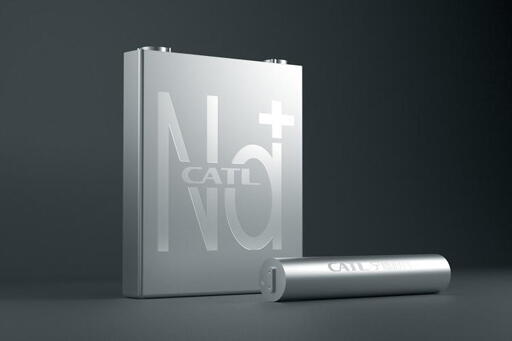I’m surprised the article didn’t mention the possible market for sodium-ion in grid energy storage systems. Low energy density, the main disadvantage of this chemistry, isn’t really a concern when you’re just stacking a bunch of cells on a concrete pad in the middle of nowhere. But 20% lower cost and no risk of a massive self-oxidizing fire breaking out is a huge benefit. Even if sodium-ion never makes it to EVs, it could still be crucial to the green energy transition.
Exactly. Same applies for self sustaining houses as well. Especially if a company is able to develop ones that undercut current house storage systems. I know I myself would buy a home storage system if they were 20 to 30 percent cheaper, and would have better peace of mind knowing if there is a battery failure my house isn’t going to go up in flames.
What’s your personal threshold? Prices in europe fell below 300€/kwh, which is quite nice.
We might be soon able to buy 5 kwh for under 1000€.
The prices are currently going down fast. You can get 5k already for 830€ and 10k for 1430€
A quick look around the internet, the only source I could readily find an energy density comparison showed the sodium ion battery had an energy density of roughly half that of lithium ion. So a 20% cost difference really disappears when compared to needing double the amount of battery for the same amount of energy storage. Not going runaway is a benefit, though.
Still far less energy density than lithium, about 50-66%, but another step in the right direction. Differences are less at extreme cold where lithium suffers more. I think we’ll see sodium batteries really start to take hold if they get them to 75-80% as energy dense as lithium. Especially in colder climates.
Sodium will never catch up to lithium in terms of energy density. Thats just the chemical property it has.
The advantage with sodium is that it doesn’t contain any rare materials.
Same is true for lithium. The NMC era is over, we use LFP now.



